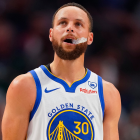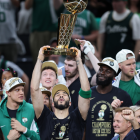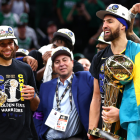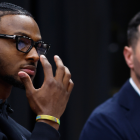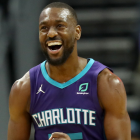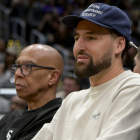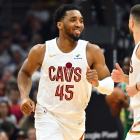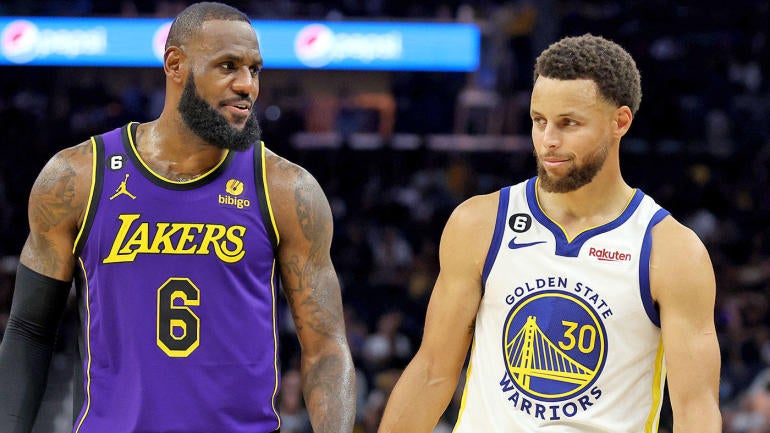
The NBA wants its best players to play in more games, so on Wednesday, its Board of Governors approved a new player participation policy, which will fine teams for resting stars in certain situations. The new rules aim to stop teams from sitting multiple stars in the same game, sitting stars during nationally televised and in-season tournament games and shutting down stars for extended stretches.
But how, exactly, is the league determining who the "star players" are? Victor Wembenyama hasn't played an NBA game yet, but certainly has star power. Aaron Gordon is not a go-to guy, but scored 27 points in a Finals game three months ago and is unquestionably a star in his role. Are they subject to the new rules?
It turns out the answer is no, but Jarrett Allen, Chris Paul, Mike Conley, Nikola Vucevic and Ben Simmons, all of whom were ranked worse than No. 70 in CBS Sports' recent top 100, are. The criteria is simple: If you've been named to an All-Star team or an All-NBA team in the previous three seasons, you're a star.
Here's a team-by-team list of the 49 players who fit that description:
- Atlanta Hawks: Dejounte Murray, Trae Young
- Brooklyn Nets: Ben Simmons
- Boston Celtics: Jaylen Brown, Jayson Tatum
- Charlotte Hornets: LaMelo Ball
- Chicago Bulls: DeMar DeRozan, Zach LaVine, Nikola Vucevic
- Cleveland Cavaliers: Jarrett Allen, Darius Garland, Donovan Mitchell
- Dallas Mavericks: Luka Doncic, Kyrie Irving
- Denver Nuggets: Nikola Jokic
- Golden State Warriors: Stephen Curry, Draymond Green, Chris Paul, Andrew Wiggins
- Houston Rockets: Fred VanVleet
- Indiana Pacers: Tyrese Haliburton
- Los Angeles Clippers: Paul George, Kawhi Leonard
- Los Angeles Lakers: Anthony Davis, LeBron James
- Memphis Grizzlies: Jaren Jackson Jr., Ja Morant
- Miami Heat: Bam Adebayo, Jimmy Butler
- Milwaukee Bucks: Giannis Antetokounmpo, Jrue Holiday, Khris Middleton
- Minnesota Timberwolves: Mike Conley, Anthony Edwards, Rudy Gobert, Karl-Anthony Towns
- New Orleans Pelicans: Zion Williamson
- New York Knicks: Julius Randle
- Oklahoma City Thunder: Shai Gilgeous-Alexander
- Philadelphia 76ers: Joel Embiid, James Harden
- Phoenix Suns: Bradley Beal, Devin Booker, Kevin Durant
- Portland Trail Blazers: Damian Lillard
- Sacramento Kings: De'Aaron Fox, Domantas Sabonis
- Toronto Raptors: Pascal Siakam
- Utah Jazz: Lauri Markkanen
This is imperfect, but it's not supposed to be a list of the 49 best players in the NBA and it's not all that inconsequential if players that you consider stars are not listed here. Should players like Jamal Murray, Mikal Bridges or Jalen Brunson -- already stars in my book -- make the 2024 All-Star team, they would be subject to the same rules as the other "stars" after the All-Star break. And it's not as if Bridges is about to start resting during back-to-backs.










